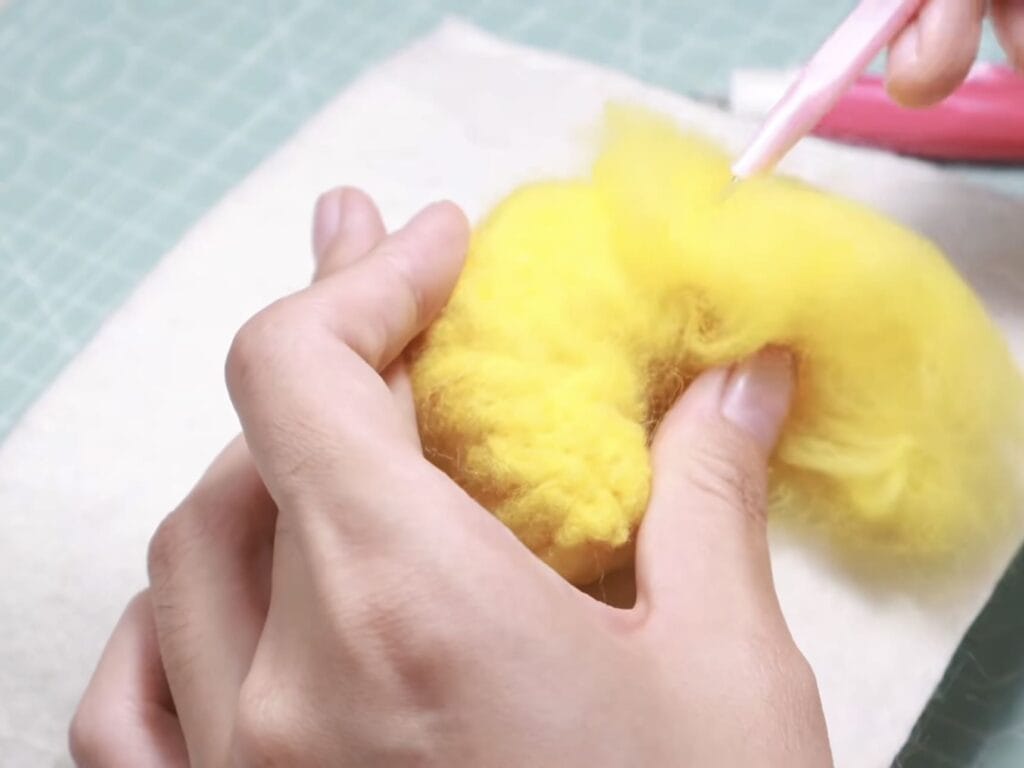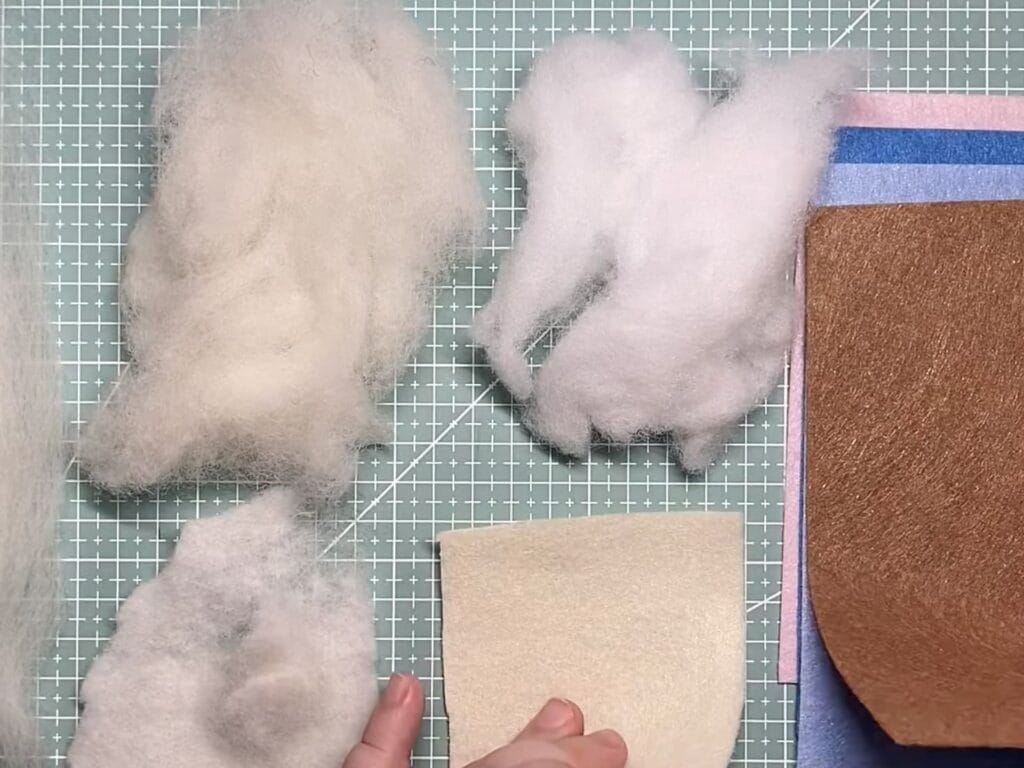
What Are the Disadvantages of Felting?Needle felting has become a beloved craft for turning loose fibers like wool roving into stunning creations such as needle-felted animals, felted flowers, or even DIY needle felting projects for holidays like Christmas or Halloween. While it’s a fun and rewarding hobby, it comes with its fair share of challenges. So, what are the disadvantages of felting? Let’s take a closer look at the less rosy side of this craft to help you decide if it’s worth picking up your felting needle set.
1. Time-Intensive Process
One major downside of needle felting is how much time it takes. Unlike quick crafts, shaping Merino wool or Corriedale wool into a detailed 3D needle-felted toy can stretch into hours—or even days—depending on the project’s intricacy.
- For example, sculpting a lifelike needle-felted cat using 38 gauge star-shaped felting needles for fine details demands serious patience.
- If you’re a busy mom hunting for quick felting projects, the slow pace might test your limits.

2. Physical Strain
Felting isn’t just a time commitment—it can wear you out physically, too. Repeatedly stabbing barbed felting needles (like 38/40 gauge) into core wool or dyed wool roving puts strain on your hands, wrists, and fingers.
- Without an ergonomic felting needle handle, exhaustion creeps in quickly.
- For beginners or seniors using needle felting kits for seniors, this can be a hurdle.
- And let’s not forget the occasional slip—poking yourself with a sharp Woohuu felting needle stings!

3. Material Costs Can Stack Up
While a basic needle felting starter kit with instructions might seem budget-friendly, the expenses can snowball.
- Premium materials like 100% Merino wool roving for sculpting or organic wool roving for eco-friendly crafting come with a price tag, especially if you’re stocking up on bulk dyed wool for vibrant projects.
- Toss in tools like multi-size felting needle kits, replacement felting needles, and a durable felting foam pad, and it adds up fast.
- For thrifty crafters eyeing cheap felting needle sets online, the initial outlay might still feel daunting.

4. Limited Fiber Options
Not every fiber is felting-friendly, which can disappoint those eager to experiment.
- Wool—think Merino wool for felting or pre-felted wool sheets—is the top pick thanks to its crimped texture.
- But other options like cotton, silk, or synthetics? They don’t felt well solo, narrowing your creative choices.
- This restriction might frustrate anyone hoping to mix things up in their DIY needle felting project ideas.

5. Mess and Maintenance
Felting can turn your workspace into a fiber frenzy.
- Non-shedding Merino wool helps, but bits of wool felt or colored wool felt still scatter everywhere.
- Cleaning up after crafting felted ornaments or needle-felted gifts feels like a mini chore.
- Plus, tools need care—coarse 36 gauge felting needles or fine felting needles can dull or snap, calling for spares from a bulk pack.

6. Skill Curve and Mishaps
Needle felting isn’t the most forgiving craft.
- A newbie following a step-by-step needle felting tutorial PDF might still hit snags—uneven felting, lumpy shapes, or broken pieces are par for the course.
- Fixing errors, like mending a broken needle-felted sculpture, takes extra skill and time.
- Even with needle felting patterns for beginners, getting the hang of it requires persistence, which can deter those expecting instant results.

7. Limited Practical Uses
Felting excels at decorative items like Christmas needle felting ornaments or Valentine’s Day felted wool heart decorations, but its practical applications are slim.
- Felt sheets might patch small items or make jewelry, but it doesn’t produce sturdy, everyday fabrics like knitting does.
- For crafters wanting functional results, felting might feel more like a treat than a tool.

8. Risk of Overworking
It’s easy to go overboard with felting.
- Poking too much with spiral felting needles can over-compact core wool batting, turning it stiff and unyielding.
- This kills the soft, fluffy charm of projects like needle-felted toys or felted flowers.
- Knowing when to stop is a skill, and beginners often learn this lesson through trial and error.

Real-Life Scenarios
Picture a teacher using classroom needle felting supplies with kids.
- The mess, sharp felting needles, and slow pace could overwhelm a lively group.
Or imagine a hobbyist making Halloween wool felting decorations:
- The cost of seasonal needle felting gift kits and the time invested might not match the short-lived use of those pumpkins and ghosts.

Final Thoughts
So, what are the disadvantages of felting? It’s slow, physically taxing, pricey, and picky about fibers and uses. It’s also messy, tough to master, and easy to overdo.
Still, for many, the thrill of shaping wool roving into treasures—like a needle-felted animal kit or a felted wool ornament—makes it worth it. If you’re up for the challenge, grab a Woohuu felting needle set or search where to buy Merino wool roving in the USA, and jump in. Just brace yourself—this craft demands as much grit as it does imagination!
What Are the Disadvantages of Felting?
